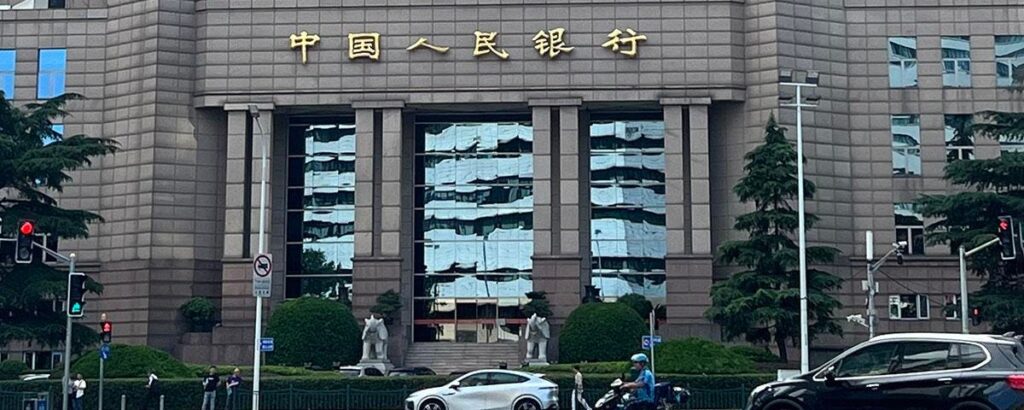In recent trading sessions, Asian equity markets displayed a mixed performance, with Mainland China’s stocks notably outpacing their regional counterparts, even as the US dollar strengthened. Key news driving these fluctuations included actions taken by the People’s Bank of China (PBOC), the country’s central bank, which unexpectedly reduced the one and five-year loan prime rates (LPRs) by 25 basis points to 3.10% and 3.60%, respectively. This move exceeded market forecasts that had anticipated a 20 basis point cut. PBOC Governor Pan Gongsheng hinted at further reductions in the bank reserve requirement ratio (RRR) before the year’s end, casting a positive outlook on credit availability and supporting domestic borrowing, especially as firms like Sungrow and Sinopec initiated share buybacks through bank loans. This context underlined a more favorable sentiment in the Mainland markets, particularly among growth sectors and small-cap stocks.
Nevertheless, negative sentiment prevailed elsewhere, particularly in offshore markets. Investors were cautious ahead of the upcoming earnings season and amidst the uncertainties of the US Presidential election, leading many to engage in profit-taking. The reaction to Donald Trump’s campaign rhetoric—proposing substantial tariffs on Chinese imports—impacted market dynamics. While such tariffs may be perceived as detrimental mostly to Chinese businesses, analysts remind that the implications stretch to US companies such as Amazon and Walmart, which could bear significant costs, potentially eroding their profit margins and stoking inflation. This underscores a complex interplay between perceived economic realities and geopolitical posturing.
A stark contrast emerged in the trading patterns of domestic versus foreign investors in China. While domestic investors actively purchased shares, particularly from Hong Kong’s market—which are predominantly foreign-held—foreigners exhibited a sell-off. The net buying from Mainland investors through the Southbound Stock Connect reached around $1.6 billion, showing their confidence in select Hong Kong-listed stocks and ETFs, contrary to the retreat seen among foreign investors. This disparity highlights differing perspectives on market health, often influenced by regional economic conditions and individual investment strategies.
Market performance reflected these tensions, with Hong Kong’s Hang Seng and Hang Seng Tech indexes dropping by 1.57% and 2.37%, respectively. The trading volume was notably lower, which suggests a degree of investor caution ahead of earnings announcements from key players like Sands China and Hong Kong Exchanges. Broader trends revealed that while value and small-cap stocks held up relatively better compared to their growth and large-cap counterparts, overall participation was lopsided. Notably, sectors like materials and real estate gained marginally, while others—such as communication services and consumer discretionary—suffered heavier losses. This uneven performance indicates that investor sentiment is increasingly selective, focusing on specific sectors viewed as having resilience or recovery potential amid economic uncertainties.
Despite the bearish trends in offshore markets, Mainland Chinese stocks continued to show robustness. The Shanghai, Shenzhen, and STAR Board indices recorded gains, particularly in sectors tied to technology and communication. This uptrend was attributed to robust retail participation, as retail stocks surged with a significant number of advances overshadowing declines. The overall trading volume also saw a marked increase, indicative of heightened interest and activity among local investors. This focus on technology and smaller-cap firms underscores a pivotal shift in investor preference, particularly towards sectors that are perceived as transformative or resilient against broader economic fluctuations.
As the week progresses, investors will be looking towards upcoming events, such as the important earnings reports and the anticipated National People’s Congress meetings, for further direction. With questions lingering about economic policies in the wake of the PBOC’s rate adjustments and geopolitical developments, analysts remain vigilant. The disparity in market reactions between domestic and foreign investors, combined with the sector-specific performance trends highlighted in the current reports, suggests an environment ripe for further volatility but also potential opportunities, particularly in the technology and growth sectors where sentiment remains robust despite broader uncertainties.

